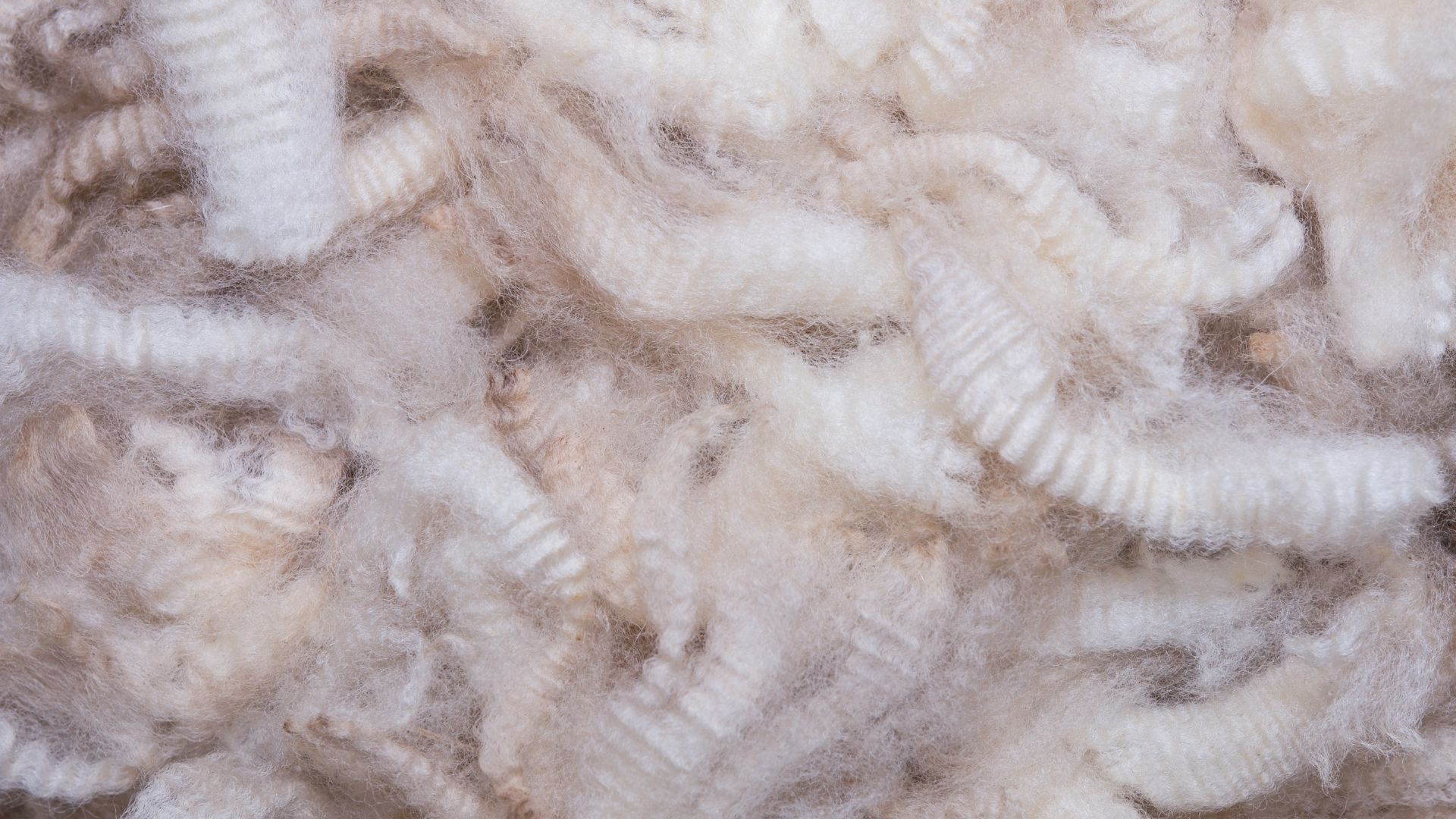Storing firewood inside might be convenient, but is really that good of an idea? Taking your wood through the drying and seasoning process takes about 6 months and keeping it out of the elements seems like a no brainer. Less rain/snow must mean that firewood will dry faster, but life can’t be that simple (or can it). That brings up the very important question, will firewood dry indoors?
Firewood will most likely dry indoors, but the seasoning process will take up to 3-4 years instead of 6-12 months. Nothing dries firewood faster than the sun and summer breeze. I recommend storing your firewood outside in the sun for at least 6 months and then bringing it inside if that’s where you want to store it. Just make sure you spray the wood for bugs and watch out for mold/fungus.
There’s something comforting about a warm crackling fire on a cold winter night, but you’ll need to have dry firewood to make that happen. You can burn wet wood, but you’ll end up with a hard to light, smoldering, smoky mess. Keep reading to find out the best way to store firewood to speed up the drying/seasoning process.
Why Doesn’t Firewood Dry Faster Inside?
It will take forever to dry your firewood inside. Think along the lines of multiple years for wood to dry inside (it may never fully dry) instead of 6-12 months when properly stacked outside. Keeping your wood out of the rain/snow might help reduce the moisture level some, but it can’t make up for the loss of sunlight and a cool summer breeze.
Think about how people used to dry clothing before we had washing and drying machines. Did they hang their clothes up in the living room or put them on a clothesline outside? That’s an extreme example, but I think you get my point.
There’s no better heat source than the sun beating down and constantly bombarding your firewood with UV rays. The wind also plays a major role in the drying process. That’s why you should leave the sides of your firewood rack uncovered to promote airflow.
You should definitely cover up the top of your wood, but it really doesn’t matter if your wood gets rained on. The wet ends of the wood will dry within a day or two in average weather.
How Long Does It Take Firewood To Dry Indoors?
As I mentioned above, it will take a very long time for firewood to dry indoors. You need constant sun and airflow to speed up the drying process. A houses furnace can’t cut it compared to heat the sun generates.
Allowing wood to solely dry in the house will take well over 3 years to complete the entire seasoning process. It might get down to a low enough moisture level to easily light in a year or two, but it takes a while to reach the optimal 10-15 percent moisture level.
I go through a lot of firewood in a year so I bought a Klein Tools moisture meter a few years ago to track the seasoning process. Wood that I had stored in the garage for about 2 years hadn’t even reached 20 percent moisture content. My outdoor wood that sat for 1 summer was at about 12 percent which is perfect.
It won’t be as hard to light firewood once it drops below 25% moisture, but it still burns terribly. You end up with a smoldering, smoky mess that never fully combusts. That’s the perfect recipe for lots of ash and creosote to clean up.
Dry Firewood Outside and Then Move Indoors

Dry your firewood outside and then move it inside once you’re through with the seasoning process. Seasoning firewood is pretty easy once you understand a few basic things. You need to get your firewood off the ground, cover up the top of the pile, leave the sides exposed to improve airflow, and choose a sunny spot. Your wood should season in about 6 months of sunlight if you follow all of those steps.
You can spend as much or as little as you want when building/buying a firewood rack. Millions (probably billions) of people around the world get by stacking their wood on pallets and covering the top with tarps. That definitely works if you leave the sides exposed for airflow, but I like to build my own firewood racks. A cheap rack will cost less than $50 to build.
It really doesn’t matter how you store the wood as long as it’s covered and off the ground. You can build something as complicate as a firewood shed like the one pictured above, a lean-to on the side of your house, a small rack out of 2x4s, or even use a cheap metal firewood rack.
I might like to pretend that I’m a carpenter, but my wife would say otherwise. That’s why I use these firewood rack brackets that you use with pressure treated 2x4s. I used to build my own wood racks, but the brackets are so much easier to use. It takes less than 5 minutes to screw everything together and you can quickly swap out boards in 5-10 to make the rack look pretty again.
What’s The Best Way To Store Firewood Indoors?
Once your wood is thoroughly seasoned you can bring it inside, but you’ll need to take a few precautions. First you need to make sure you thoroughly inspect the wood looking for mold, fungus, and lichens. You don’t want to bring living mold or fungus spores into your house.
It’s generally safe to burn, but the spores get into the air and could cause mold/fungal growth inside the house. You can kill mold by spraying it with bleach and leaving the wood out in the sun for a few weeks. Fungus will be almost impossible to burn so only bring it in the house if you plan on using it within a day or 2.
Insects, spiders and other bugs are your second biggest concern. It doesn’t matter how well you stack/cover firewood you will always have insects lurking about. Wood is way too good of a food source for termites and carpenter ants to ignore. Look at the picture below, do you really want termites to do that to the studs in your walls?

That’s why experts recommend not storing firewood in the garage or leaning wood against the house. You don’t want to invite creepy crawlies into your home. I recommend spraying your wood pile with a boric acid based insecticide (Zap-A-Roach is my favorite) a few weeks before bring the wood indoors.
Boric acid is non-toxic to humans/pets unlike traditional insecticides. So it’s perfectly safe to burn both indoors and out.
Use any of the racks mentioned in the section above and make sure the wood is away from where you’re family normally hangs out. Build a small rack in the garage or basement near the wood burner. I recommend only bringing in a few weeks of firewood at a time. That will reduce the risk of attracting rodents and reduce the risk of mold/fungal growth in your home.



